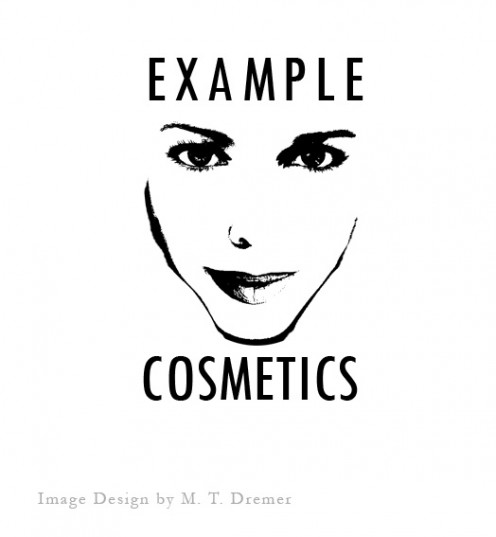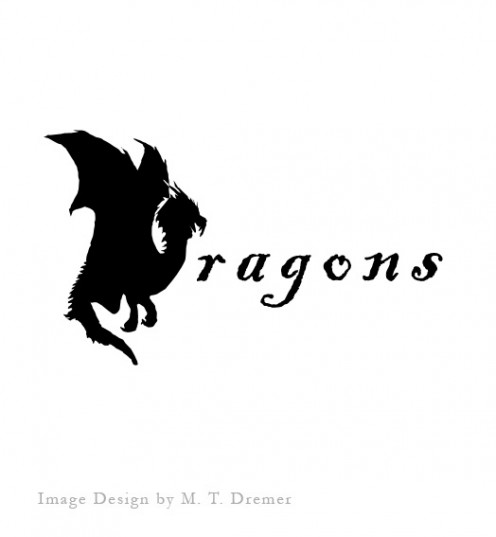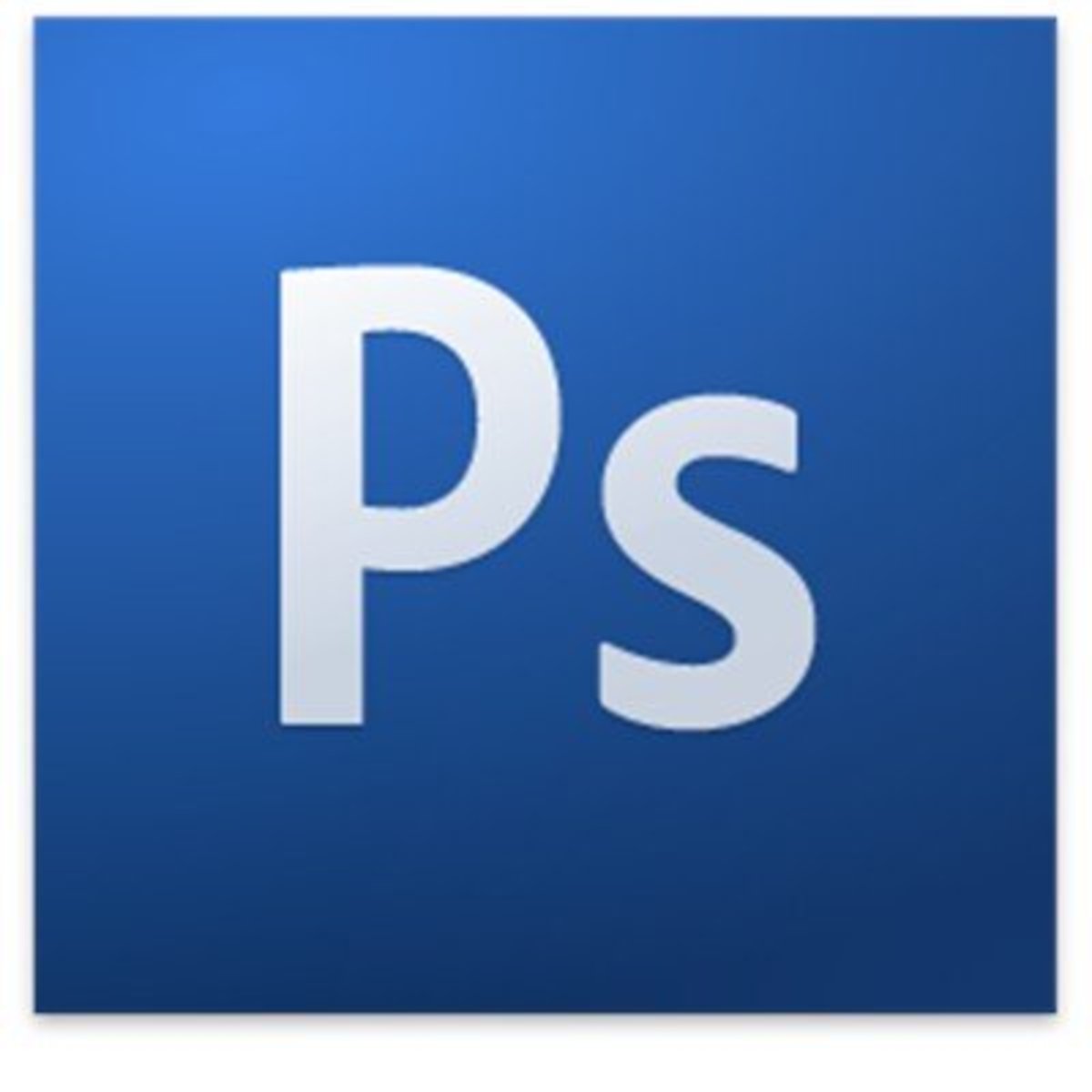How to Design a Logo

I’m not a professional Graphic Designer, but at one point in my life, I thought I was going to be. In that time I learned a great deal about the programs and techniques to make various graphic design projects. For the purposes of this article, I’m going to focus on the creation of a logo. For those who aren't familiar, a logo is like a visual signature for a company or organization. HubPages' current logo is the cursive version of their name which you see at the top of your screen each time you visit. It's usually the thing you think of first when you hear a company's name. Having said all that, however, there is no one right way to make a logo, this is merely some of the methods I have used and, hopefully, they help you develop your own.
Know Your Client
The first thing you need to ask yourself is; who are you making this logo for? Maybe it’s a company, a friend or just you. But this will start the process of figuring out the subject matter. For example, if you were developing a logo for a pet company, that would immediately get your mind working about subject matter. Maybe you want a dog or a cat as the logo, or a dog biscuit or something pet related. This will help your consumer identify quickly what the company is all about. However there isn’t any sort of rule that you have to do this. In fact, the company might want something that projects a certain image rather than what they provide. For example, an oil company might want a logo that suggests they are "green" to avoid associations with pollution. Or a beer company would want a logo that suggests strength and/or manliness as opposed to drunks at a bar. I’m sure there is a moral dilemma buried in here somewhere, but you’re just the graphic designer and you’re only there to make a logo, so Know Your Client.
For my example, I’m going to make up a client. It is a fictional cosmetics company that needs a new logo. The first thing that jumps to mind is makeup, but stuff like lipstick tubes and eyelash curlers aren’t instantly identifiable at a glance. They could be mistaken for other objects. So what else are cosmetics associated with? Beauty is an example. Whether you think makeup is attractive or not is irrelevant, the company would want to portray beauty. So how do you portray beauty? Well there are a lot of things in this world that people consider beautiful, but if you use a flower for a cosmetics company it might not make sense to some people. So we know that makeup is for faces so perhaps it should be a pretty face. Since this will be marketed towards women, the face should probably be female. While a half naked man might attract some women, they probably aren’t looking for a product that suggests that it could be for men. You could go the more abstract route with symbols and the like, but for the purposes of this article I’m going to keep it relatively straightforward. If your client doesn’t want you to be straightforward, hopefully they will tell you before hand.



Simplify the Image
Okay so now that you have your subject matter you’ll want to sketch out some ideas. Just draw some rough thumbnails to get an idea of what you might want to go with. It can be based off a photograph of an object (like a dog biscuit) or it can come entirely from your own head. Just jot some things down so you aren’t running blind.
Now when we think of logos we tend to think of very simplistic shapes. The Nike swoosh, the McDonalds golden arches and the cursive Ford letters are all good examples. They are extremely simple and recognizable at a glance. That’s what you want to shoot for. So you will need to simplify your image. The more complicated it is, the harder it will be to reproduce and recognize. Really look at your sketches or a photo of the object you’re building and break it down to simple light and shadow (or two to three colors). See how simple you can get while still being able to distinguish the item.
There are some neat tools that can help you do this depending on what photo editing program you are using. I’m using Photoshop so there are two tools that are really going to help me. The first is the Pen tool, located on the left hand menu. This basically allows you to create a new shape, defined by where you click the mouse; creating anchor points that will eventually come back around and reconnect into the final shape. This is a great tool as it allows you to trace the darker areas (or lighter areas) to create basic shapes that build a picture. The other tool is a filter called “Note Paper”. Go to the filter menu at the top of the screen and select ‘filter gallery’. From there select ‘sketches’ and ‘note paper’. Then reduce the graininess to zero and the relief to zero. You can then adjust the image balance to find a medium that really shows off the shape. While this method is faster, it gives you far less control over the final image, whereas with the pen tool we can alter the color and size of specific parts of the image very easily.
For mine I used the note paper method because it’s faster and I don’t intend to use more than one color. After I apply the filter to a stock photo of a woman’s face I am then faced with the dilemma of a square picture. Some logos are restrained to the box shape while many others are free floating. I want mine to be free floating so I’m going to cut out just the woman’s face and erase any black lines that are unnecessary.
**Keep in mind that if you’re going to create an official logo from a stock photo or some other picture, make sure that picture is huge. The pen tool option allows you to resize your shapes without losing quality, but the note paper filter is subject to the same resolution the photo was. So make sure you have it big enough before you begin.
Additional Logo Examples



Integrate With the Text
Text is extremely important when creating a logo. A serious business isn’t going to want a crazy balloon text to accompany their logo. And similarly, a toy company wouldn’t want a boring text to represent their products. For the most part it’s pretty easy to tell the difference, but you might find yourself agonizing over one or two fonts that are very close to each other. This is okay. If you can get a second opinion, go for it as it might help break the tie.
Also, text placement is important. Should the text wrap around the logo? Cross through it? Overlap it? Or just come after it? A lot of this depends on the weight of the logo. If the logo is heavy on one side and light on the other the text can balance it. You want the text to look like it was meant to be there as opposed to being something written near a logo. It’s true that a lot of times the text will not accompany the logo, but you should create a version that works together so that all your hard work isn’t ruined when the name of the company is added in.
For my example I put the text above and below. I put it above because I cut out most of the woman’s hair and rather than have her look bald or scalped, I want the text to artificially close that gap. And by putting the other part of the title below, it balances out the one on the top for a tighter presentation. (Final logo is the one you saw at the top of this article.)
I’ve included some examples (right) of other logos. Some I made from scratch and some I used the pen tool in order to trace a picture. You’ll notice that they’re all a single color, which might look pretty boring to some. While logos can be as colorful and elaborate as the client wants for the sign outside, you need to remember that a logo does more than hang out on a storefront window. Logos are also in print ads, which sometimes don’t have color, and legal documents, which would be all business and no flash. There are places where your logo would be replicated where your high powered computer or a colorful billboard couldn’t recreate it perfectly. Therefore it is important to consider your logo in its most basic sense. You can build a more complicated logo first and simplify it or build a simple one first and then later make it flashy. Either would be fine, just make sure you consider this as you create your designs.




